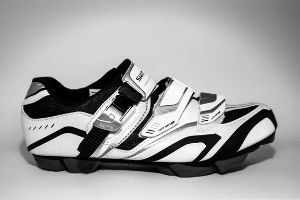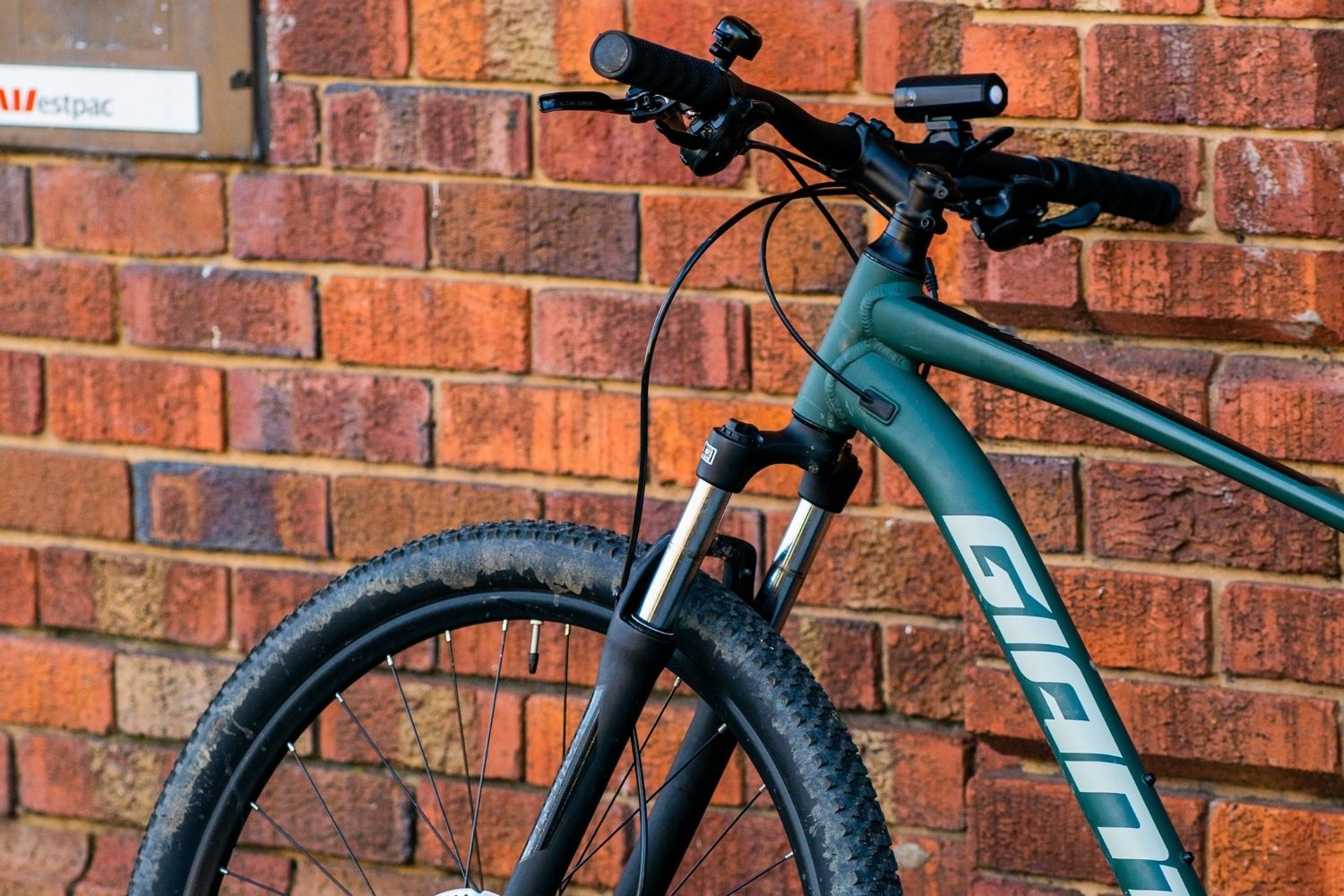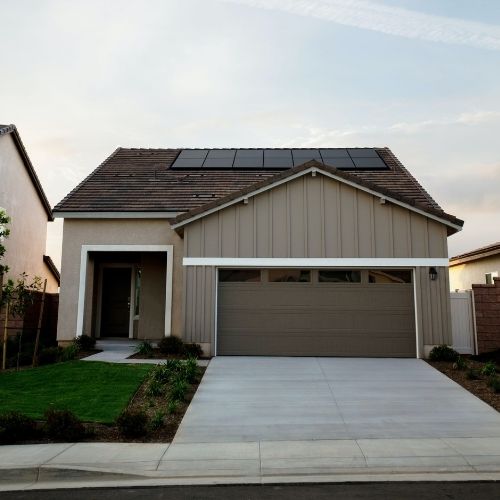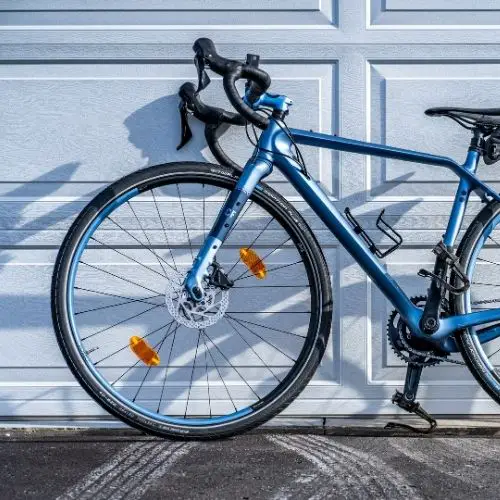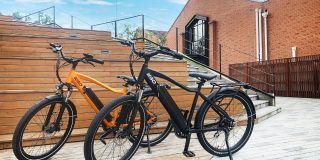Let’s picture this: you are shopping for a bike and notice that some bicycles have suspension on the front or rear, regardless of the bike’s price. You then wonder, “Should you buy a bicycle without suspension?” or go without.
There are tons of reasons for and against owning a bike with suspension. One significant upside is the addition of comfort. However, the major downside is the added weight to your bike, meaning you need to use more energy to pedal that bike.
This article will go in-depth to reasons for and against owning a bike with suspension so that you can decide if the trade-offs are or are worth owning a bike with suspension.
Upsides of suspension
There are two significant reasons people will end up wanting suspension on their bikes; let’s see what those reasons are.
1. Comfort
This is the most apparent benefit and likely why most people will go with a bike with suspension! I have a hybrid bike that I use, and it has a front suspension. I moved over to it from my cruiser because of the addition of that suspension.
If you ever intend to go off-road, on gravel, or have roads with lots of cracks and potholes, that added suspension can save you and make the experience much more enjoyable.
2. Better for downhill
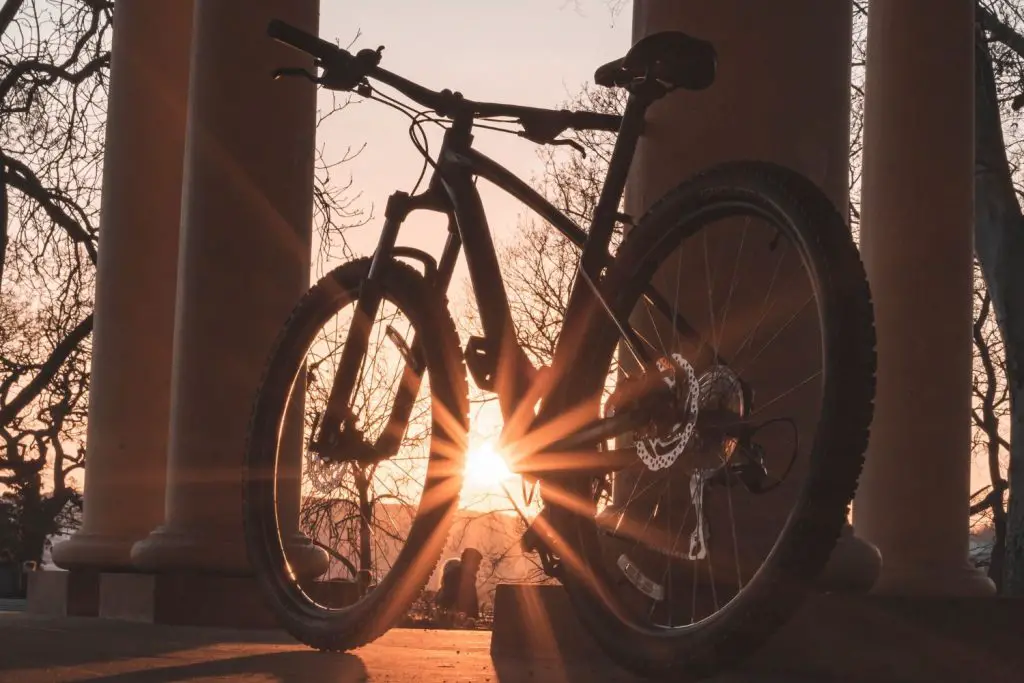
A bike with front suspension (a hardtail) is excellent for going downhill.
You can handle the impact you usually feel by allowing the suspension to absorb some of that impact instead of your arms and body.
Downsides of suspension
There are more reasons people may not want to opt for a suspension on their bike. However, remember that for many people, having a suspension will still outweigh the many reasons you may not want a suspension.
1. The suspension absorbs your inertia.
For a while, I was using a cruiser bike that did not have a suspension, and then I switched to a cruiser with a front-end suspension. I first noticed that my inertia was just different. When you first start, it takes much more power to get up to speed.
This is because that front fork suspension is taking some of that downforce inertia and not allowing your complete power to push you forward.
2. Suspension is a heavy component.
This is why many people opt not to have a bike with suspension. These components quickly become some of the heaviest items on a bike.
The heavier a bike is, the more work it takes to move forward, the more work it takes, the less distance you want to cover, and the less you will enjoy your bike.
In the end, you have to decide with each component on your bike (like fenders), what is worth it, and what is not worth it when it comes to weight savings.
3. More components to maintain
Something many people don’t think about when buying a bike with suspension is that you have to maintain these components.
You generally want to take your bike into a shop and have them tune up these forks on a semi-regular schedule; otherwise, they will break or not work at their optimal ability. Like on cars, the more features there are, the more likely it will break down.
4. Less effective going uphill
We talked about this with the inertia issue. When going uphill on a bike, you want every little energy to go toward your forward momentum.
When you push down on your pedals on a bike with a suspension, you tend to lose a little bit of that energy to your front forks, leaving you with the need to pedal more to get the same speed and distance as if you didn’t have a front suspension.
5. Suspensions are expensive
A bike that doesn’t have suspension is less expensive than a bike with suspension. Why is this? Because suspension components are moving parts that require engineering, details, material, and staffing to produce.
This drives up the cost of the bike, meaning the customer has to pay more.
What types of suspension are there?
There are four significant types of bike suspension, front, rear, Seatpost, and saddle suspension.
1. Front
This is the most popular suspension on a bike, and you likely have owned or seen a bike with it regularly. This front suspension is on the front forks of your bike and gives you that soft ride.
2. Rear
This suspension type is less popular but allows the bike’s rear end to bend and soften the ride even more so than just the front suspension allows.
3. Seatpost
This excellent suspension type is located on the post that your seat attaches to. It has just a little extra give so that potholes don’t hurt you.
4. Saddle
Most bikes that I have found tend to have this type of suspension. You see these little springs on the underside of your bike seat.
What do you call a bike without suspension?
Bikes are referred to in 3 different ways related to the suspension.
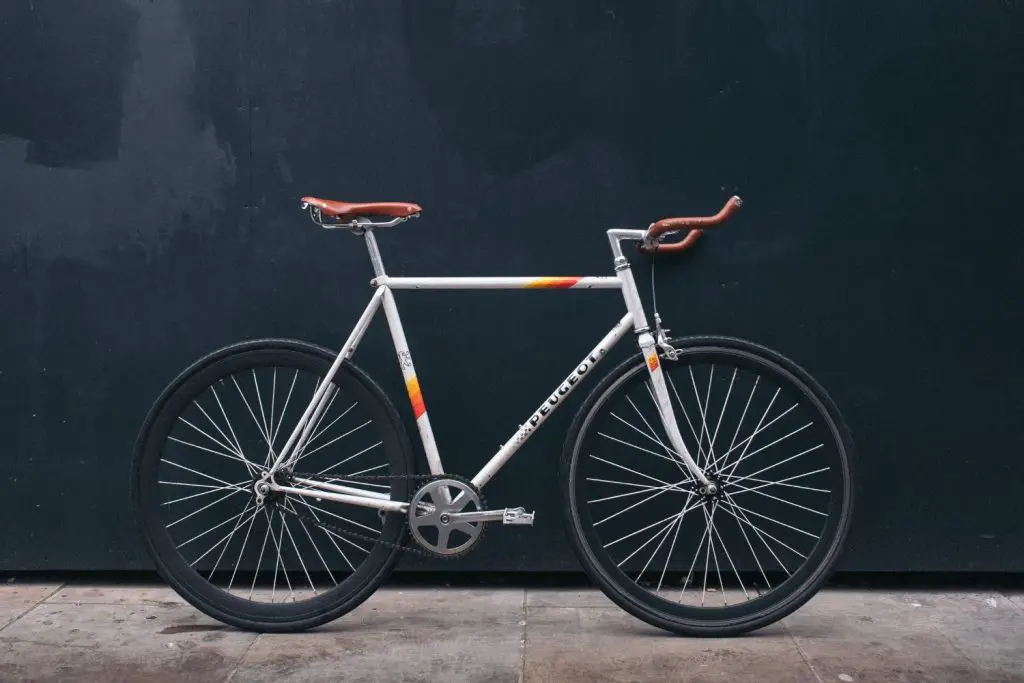
1. No suspension
If your bike does not have suspension, it is called “Rigid.” The bike doesn’t flex on either side due to the suspension. This is commonly found in road bikes, and even gravel bikes.
2. Suspension on front only
Bikes that only have suspension on the front are referred to as a “Hardtail,” These rigid-tail bikes may have suspension, but their rear end is not flexible, earning that hardtail name. Mountain bikes commonly have this feature.
3. Suspension on both front and back
These bikes don’t have quite as cool of a name if they have suspension on the front and rear; they are called full suspension or dual suspension bikes. Yeah, I know, disappointing names.
Suspension vs. No Suspension: Which are you going to buy?
Suppose you have heard everything from this article and are still wondering if a bike with suspension is right for you. Here are my thoughts.
If you are never planning on needing a high speed or care that much about keeping your bike lightweight, I recommend getting a bike with at least a front suspension. The comfort it allows gives so much and makes your riding experience much more enjoyable.
On the other hand, if you want to get extremely serious about bicycling, or need your bike to go high speeds, then having suspension may not be for you.
Frequently Asked Questions
Suspension is not necessary for you to ride or own a bike. Many bikes out there do not have suspension, which many people would highly prefer due to the reasons we discussed above.
Road bikes are meant, for one thing, to get from point A to point B in a quick manner. So one of the major reasons road bikes don’t have suspension is the added weight. Suspension is a heavy component on a bike, and those added pounds just need to be more conducive to what road bicycles are meant to do. Thankfully road bikes only stay on the road, meaning they don’t end up hitting many bumps or gravel, which is why most people will want a bike with suspension.
Many people prefer mountain bikes without suspension. While I would like one with suspension, many people prefer the weight savings and the control that not having that suspension can give them.
Did you buy a bike that doesn’t have suspension and later on regrets that decision? Well, you are in luck; you can always add a front fork that has suspension onto your bike. While in the long run, this will add more expense to your bike, you can rest easy that you can do this. It is easy to add a front fork; it can be done with a few tools you likely already have.
Conclusion
Well, there you have it; I hope this article has taught you everything you want to know about if you should have suspension on the bike you are looking to buy.
Of course, so many details go into suspension and how you can fine-tune it for your experience, but we will leave that for later articles when you are ready to make your bike exactly the way you want it.


